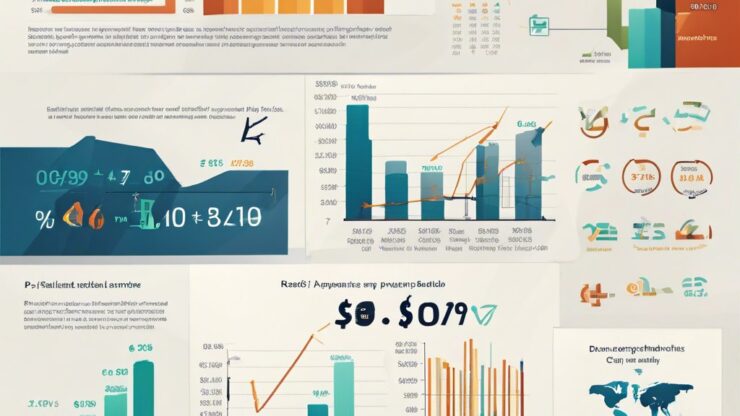Understanding the P/E Ratio
The Price-to-Earnings (P/E) Ratio is one of the most widely used metrics in the investment world, and for good reason. It serves as a crucial tool for investors looking to gauge the relative value of a company’s stock. By comparing a company’s current share price to its earnings per share (EPS), the P/E Ratio provides insight into whether a stock is overvalued or undervalued. In this article, we’ll delve deeper into what the P/E Ratio means, how to interpret it, and why it matters for investment decisions.
Decoding the P/E Ratio
The formula for calculating the P/E Ratio is quite simple: divide the current market price of the stock by its earnings per share (EPS). However, the implications of this ratio are anything but straightforward. Understanding the context in which the P/E Ratio is used is essential. A high P/E Ratio may indicate that investors expect future growth, while a low P/E Ratio may suggest the opposite. It’s important to consider industry averages and historical data for a more comprehensive analysis.
- High P/E Ratio: Often signifies growth expectations.
- Low P/E Ratio: Could indicate undervaluation or company struggles.
- Market Trends: Economic factors can also influence P/E ratios across sectors.
Using P/E Ratio in Investment Strategy
For savvy investors, the P/E Ratio is not just a number; it’s a gateway to making informed decisions. By comparing the P/E Ratios of similar companies within the same industry, investors can identify potential investment opportunities or red flags. Additionally, understanding whether a company is trading above or below its historical P/E can signal potential price adjustments. Ultimately, the P/E Ratio is a powerful indicator that, when used wisely, can lead to more successful investment outcomes.
Disclaimer
This article has been created or edited with the support of artificial intelligence and is for informational purposes only. The information provided should not be considered investment advice. Please seek the support of a professional advisor before making any investment decisions.






